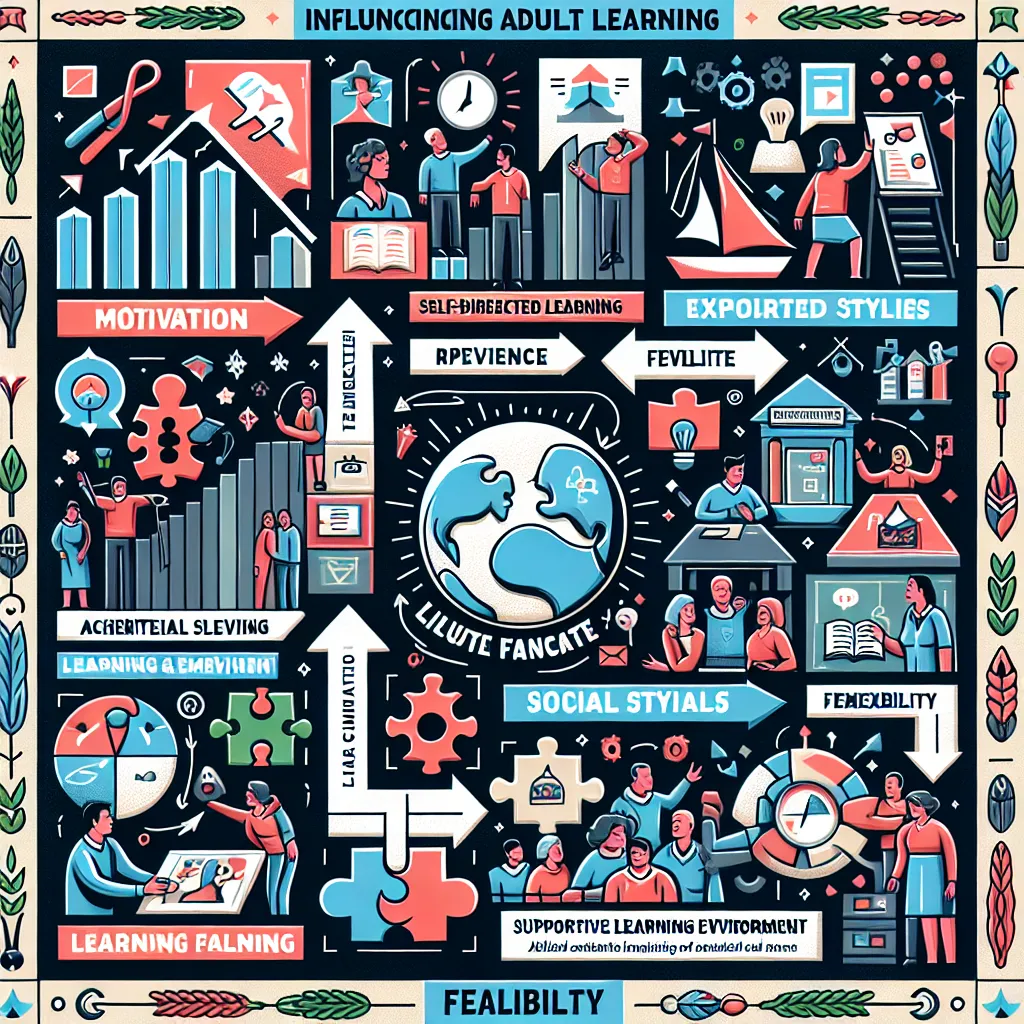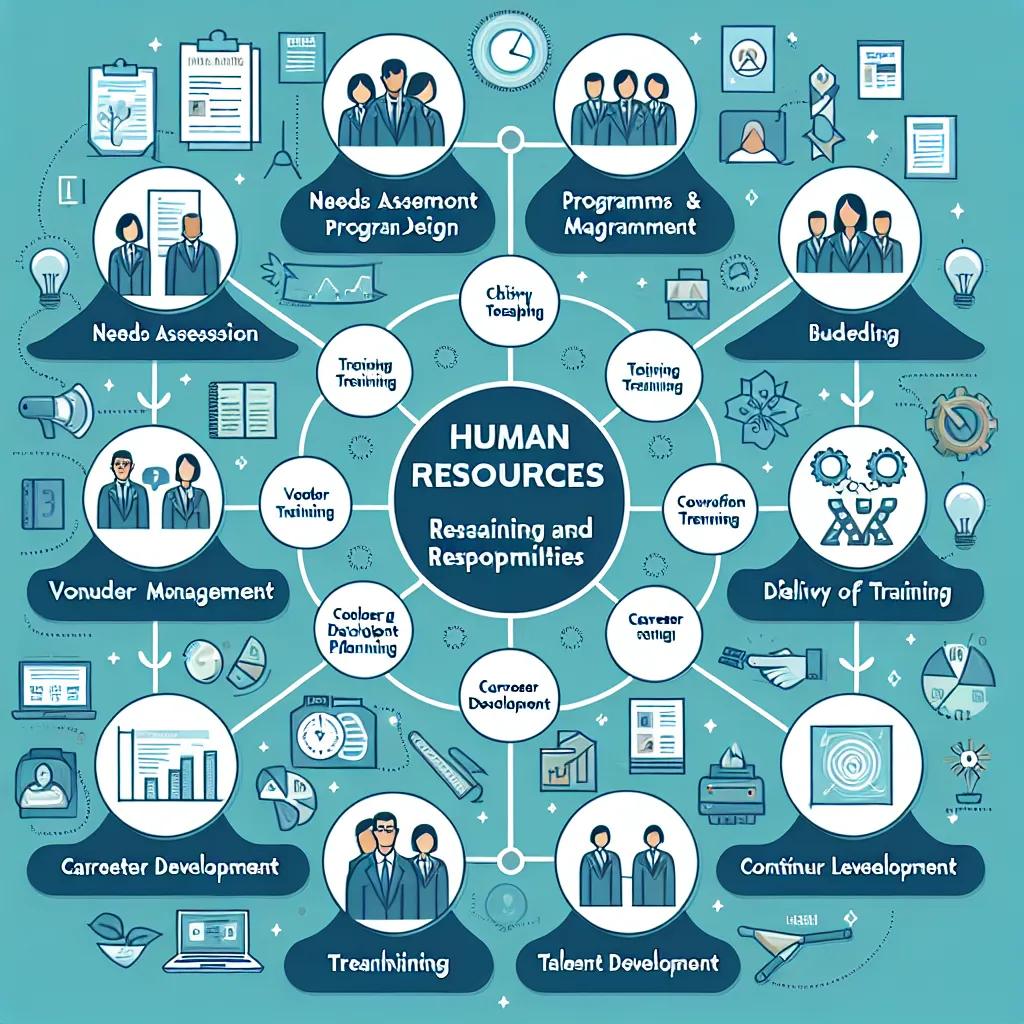Ask AI on The Internet
Question: The presentation of the training programme is the culmination of all the previous activities in the design of a training programme or system. All the planning previously done contributes to this learning experience for the students/ trainees. The ultimate success of training therefore depends largely on its efficient presentation. Scenario: The success of a training programme is that the presenter of the programme demonstrates certain competencies. As a trainer, what considerations would you integrate into your training approach? Source: Erasmus, B., Loedolff, P., du Plessis, M., Mda, T., Nel, P. 2019. Managing Training Development. 8th Ed. Oxford: Cape Town. South Africa. Required: 2.1 Identify and explain using your own words at least seven (7) considerations you would keep in mind when presenting a training programme to ensure that the programme is sufficient. (14 marks) 2.2 Considering your answers to question 2.1. One of your HR colleagues asked you to present a paper based on the competencies a trainer requires to facilitate a well-designed training and development programme properly. In your presentation, identify and elaborate using your own words nine (9) competencies a trainer requires to facilitate a well-designed training and development programme properly. (18 marks
2.1 Seven Considerations for Effective Training Presentation (14 marks) 1. **Understanding the Audience**: - It's crucial to know who your trainees are, their backgrounds, their level of knowledge on the subject, and their learning styles. This will help tailor the content and delivery method to ensure maximum engagement and understanding. - Example: For a group of new employees, the focus might be more on basic concepts and interactive activities, whereas for experienced professionals, advanced topics and case studies might be more appropriate. 2. **Clear Objectives**: - Set and communicate clear learning objectives from the start. This provides a roadmap for both trainer and trainees, ensuring that everyone knows what is expected and what the end goals are. - Example: State that by the end of the session, participants should be able to perform a specific task or understand a particular concept. 3. **Engagement Techniques**: - Use various methods to keep trainees engaged, such as interactive activities, group discussions, multimedia presentations, and real-life examples. This helps maintain interest and caters to different learning styles. - Example: Incorporate quizzes, role-playing, or hands-on exercises to break the monotony of lectures. 4. **Effective Communication**: - Communicate the content clearly and effectively. This involves not only verbal communication but also non-verbal cues such as body language, eye contact, and gestures. - Example: Avoid jargon unless it is explained, use clear and concise language, and ensure your body language conveys enthusiasm and openness. 5. **Feedback Mechanisms**: - Implement mechanisms for providing and receiving feedback. This helps in understanding trainee progress, addressing any confusion, and improving future training sessions. - Example: Use quick polls, Q&A sessions, or feedback forms to gather trainee input and adjust the training accordingly. 6. **Training Materials and Resources**: - Ensure that all training materials and resources are prepared in advance and are of high quality. This includes slides, handouts, equipment, and any other tools necessary for the training. - Example: Well-designed and clear slides, comprehensive handouts, and reliable audiovisual equipment can significantly enhance the training experience. 7. **Time Management**: - Manage the training time effectively to cover all planned content while allowing enough time for interaction and breaks. This ensures that the training is comprehensive but not overwhelming. - Example: Allocate specific time slots for each section of the training and stick to the schedule, allowing time for questions and discussions. 2.2 Nine Competencies for Facilitating a Well-Designed Training Programme (18 marks) 1. **Subject Matter Expertise**: - In-depth knowledge of the training topics is essential. Trainers need to be experts in their field to answer questions accurately and provide valuable insights. - Example: A trainer conducting a workshop on advanced Excel should have an extensive understanding of all its functionalities and real-world applications. 2. **Instructional Design Skills**: - Ability to design effective training programmes that are structured, comprehensive, and aligned with learning objectives. - Example: Crafting a curriculum that balances theory with practical application, ensuring it meets the needs of all participants. 3. **Facilitation Skills**: - Competence in guiding discussions, encouraging participation, and managing group dynamics to create an inclusive learning environment. - Example: Skillfully handling dominant participants while engaging quieter ones to ensure everyone contributes to and benefits from the discussion. 4. **Interpersonal Skills**: - Strong interpersonal skills to build rapport with trainees, understand their needs, and create a positive learning environment. - Example: Being approachable and empathetic, making trainees feel comfortable to ask questions and express concerns. 5. **Adaptability and Flexibility**: - Ability to adapt training methods and content on the fly in response to real-time feedback and the needs of the trainees. - Example: If trainees are struggling with a concept, the trainer might change the approach or spend extra time on it. 6. **Assessment and Evaluation**: - Skills in evaluating trainee performance and the effectiveness of the training programme through various assessment tools. - Example: Using quizzes, practical exercises, and surveys to gauge understanding and gather feedback for improvement. 7. **Motivational Skills**: - The ability to inspire and motivate trainees to engage with the material and apply what they have learned. - Example: Using real-life success stories or career development opportunities to illustrate the importance and benefits of the training. 8. **Technological Proficiency**: - Competence in using technology effectively to enhance learning, such as presentation software, LMS platforms, and virtual training tools. - Example: Seamlessly integrating multimedia presentations, virtual breakout rooms, and interactive online tools to support learning. 9. **Cultural Competence**: - Understanding and respecting the diverse backgrounds and perspectives of trainees, and incorporating this awareness into the training. - Example: Being sensitive to cultural differences in communication styles, learning preferences, and providing inclusive examples and references. By incorporating these considerations and competencies, a trainer can ensure they deliver an effective, engaging, and comprehensive training programme.
Think your answer is better than the AI's? Post it below.
Other Most Relevant Posts:
Question Tags
If you want your question answered by an AI, click here.







Post your own comment: